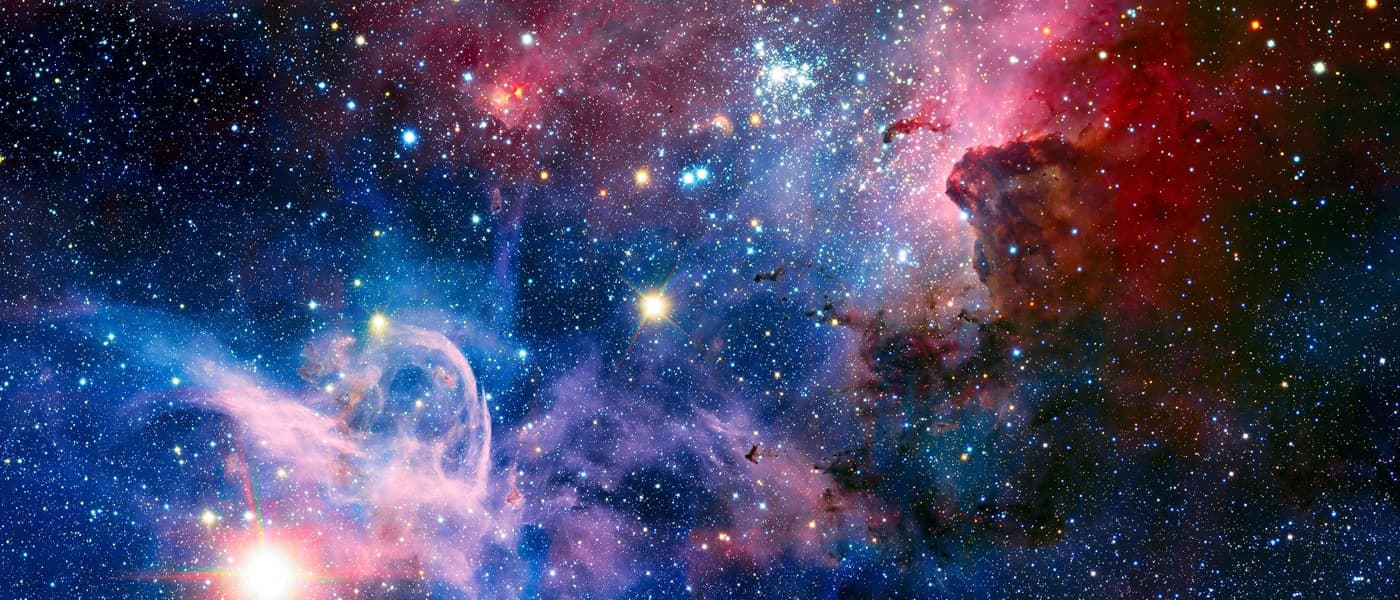"Hello, Other World!"
The need to reach out and make contact with another, complementary mind—whether in our personal lives or collectively, as a species—is a powerful human urge. And now the dream—no matter how remote—of opening up a line of communications with a nonhuman intelligence is entering a new, more systematic phase.
A San Francisco-based organization is now preparing to send continuous messages to those nearby planets thought most likely to harbor alien life. Messaging Extra Terrestrial Intelligence (METI) has already set its sights on dispatching coded signals to a rocky planet that orbits Proxima Centauri, the nearest star to our Sun, by 2018.
Douglas Vakoch, the former director of Interstellar Message Composition at the Search for Extraterrestrial Intelligence (SETI) Institute and president of METI, believes that passively scanning the cosmos for messages betraying the existence of intelligent life elsewhere is simply not enough. In an interview with Forbes, he explains: "It's too late to conceal ourselves in the universe, so we should decide how we want to represent ourselves. Extraterrestrials may be waiting for a clear indication from us that we're ready to start talking."
According to Phys.org, the program involves beaming deliberate, repeated signals into space over long periods of time toward suspect stars and planets—and by "suspect," we mean possessing a configuration approximately similar to our own Solar System and planet. As far as the signals are concerned, scientists plan to send information that transcends language, such as mathematical proofs or scientific concepts. The message is planned to be just a simple "hello," but the rather significant problem of how it is to be constructed still remains.
A Shot in the Dark
METI's efforts are merely the latest iteration of a long tradition of attempts to more actively communicate with potential alien neighbors. The most famous instance is the "Arecibo Message," which was dispatched in the general direction of the globular cluster M31 in 1974. The binary signal, which was encoded in radio waves, contained pictorial representations of humanity, formulae for the elements and compounds that make up DNA, and representations of the Solar System and the Arecibo transmitter—a remarkably information-dense message that was crafted by Frank Drake and Carl Sagan, both leading physicists of the time.
Other attempts at interstellar communication took a more pedestrian approach—something like a cosmic "message in a bottle." The first of these involved the creation of the Pioneer Plaques—gold tablets with representations of humans, hydrogen, and a diagram of the Solar System—which were bolted to the frames of the Pioneer 10 and Pioneer 11 probes in the early 70s. Since it was known beforehand that the eventual trajectory of the probes would carry them out of the Solar System altogether, it was sensibly concluded that—although the very definition of the proverbial long-shot—attaching a message for any possible extraterrestrials who might happen upon the probes in the distant future was worth the limited investment in time and money.
Similar efforts include the famous Voyager Golden Records, which are simply low-tech phonograph records (that's 1890s technology, folks) with a playback stylus and instructions for how to play the thing. More recent attempts include The Last Pictures—a micro-etched disc carried by a geostationary satellite—and a myriad of radio messages.
For better or worse, we've had no replies. But that won't stop the dreamers from trying.
Share This Article
